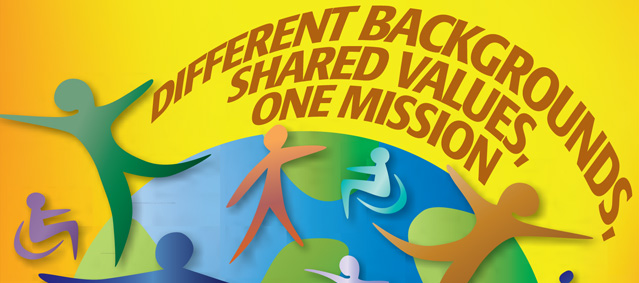The Importance of Well-Traveled Employees
There are some people who never feel the urge to leave their homes. They’re content to stay in the city they came from. Then there’s the rest of us: the people who can’t sit still. Having an incurable case of wanderlust, we returned home from our latest vacation in pursuit of our next big adventure.
In today’s competitive market, you must find ways to differentiate yourself from your peers. The skills and experience gained from traveling abroad can give you a competitive advantage and enhance your career. When traveling abroad you are likely to possess the skills needed in the global economy – economic and geographical knowledge, cross-cultural communication skills, analytical skills, flexibility, an understanding of and familiarity with local customs, an ability to adapt to new circumstances, and may be proficient in multiple languages.
Traveling Improves our Communication Skills
When trying to converse in foreign cultures, verbal and non-verbal communication is necessary to overcome language and cultural barriers. Being able to communicate with other people from diverse cultures and backgrounds is an important skill in any job.
Traveling Improves Negotiation Skills
Whether you’re haggling at a market or negotiating a fare with a taxi driver, bargaining is a regular part of traveling abroad and is an important skill to hone. Employers want people who are savvy negotiators.
Understanding Cross-cultural Sensitivity
Today companies both large and small are effectively competing on the global stage in order to survive and prosper. Living among people as you travel abroad, talking with them, and learning their stories and culture gives you a competitive advantage in the workplace.
Becoming Self-sufficient and Confident
When you’re traveling abroad, you don’t have anyone to call for help. As you figure out how to get around in a foreign country, you build confidence and adaptability in foreign situations. Things can go awry and plans change. As a traveler, you are forced to change plans constantly.
While in Turkey, we were suddenly left without travel arrangements to Greece. Without internet service in our hostel, we found a nearby internet café and had to research a new flight to Greece within time frame and budget. This turned out to be no easy feat.
The ability to adapt is important and appealing to employers.
Learning to Budget and Plan
Prior to traveling, I had to plan and save for each of my vacations abroad. In addition, I had to continue to monitor my budget once we arrived.
In conclusion, employers are looking for people who are versatile and adaptable. By embracing your travel experience on your resume, you are demonstrating your willingness to seek out new experiences. Having relevant global experience on your resume can be an advantage.


 all the ways in which people differ and is an awareness of and respect for individuals with unique perspectives, backgrounds, and their attributes working towards a common goal. It’s about people.
all the ways in which people differ and is an awareness of and respect for individuals with unique perspectives, backgrounds, and their attributes working towards a common goal. It’s about people.